ITS ORIGIN
Origins
A story covering many centuries
The Chateau was built by the “de Vinsons” family in 1480 during the reign of King Louis XI.
At the dawn of the renaissance period Beaulon’s architectural style was still flamboyantly gothic.
The North face bears witness to this original style of construction with the exception of the extensions on either side.
The roof window on the left hand side is an important element in the overall composition, a sumptuous reminder of medieval architecture at its most illustrious. Situated at the top of a vertical row of windows it appears to be cut out of the dark backdrop of the slate roof. Adorned with ornate floral sculptures, ornamental cabbage and small hooked pinnacles outlined against the azure sky.
In comparison the second renaissance roof window is strictly classical but this lack of symmetry doesn’t detract from the building’s overall harmony, on the contrary it underlines the authenticity of a construction which has survived five centuries of History.


 Français
Français




